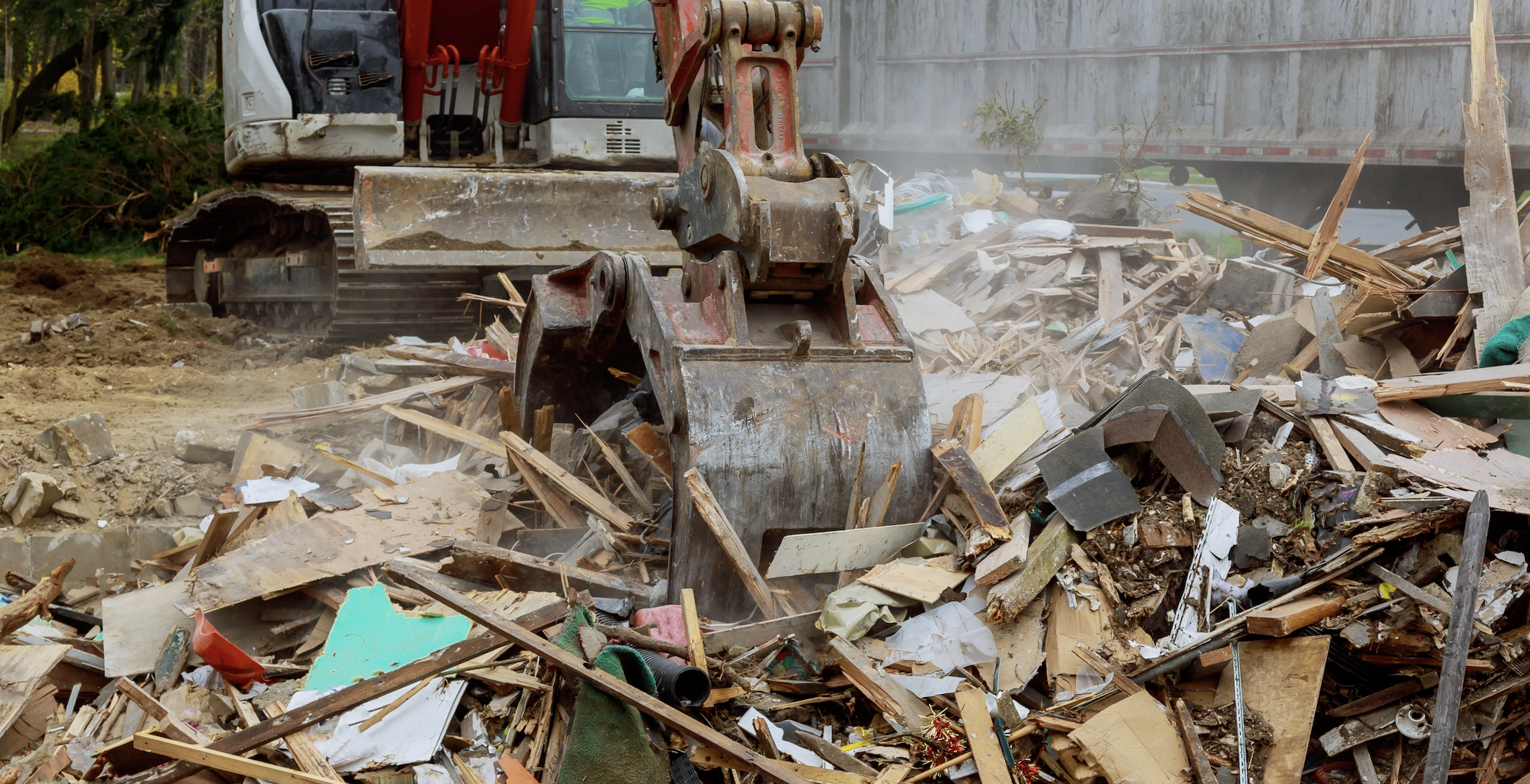Implementation of a data warehouse ‘Waste’ to increase insights in waste management and improve the waste policy of the city of Antwerp.
The way we collected data was old fashioned (handwritten notes, insufficient use of Excel, pdf,…). There was a lack of guidelines and overall policy to collect data in a standardized way. Also, the way we managed our data was unstructured and non-transparent; we had no global overview. The data sets we were working with were enormous. The trigger for introducing a data warehouse was the fragmented internal data landscape, the limited access to waste data and the limited data sharing between systems. There were no linked data or crossovers, the reporting was separate for each data set. We didn’t make use of the important added value data can have to drive and support policy decisions.
Our objective is to increase insight in the waste management of the city.
We also want to disclose our waste management data to different stakeholders, as automatically as possible to increase transparency.
To achieve these objectives, we had to connect with all types of data (real-time e.g. sensor data, static, historical, geographical e.g. track & trace, …); Especially considering the evolution of the Internet of Things, it’s important to have a uniform and standardized way to collect and store data.
We also wanted to visualize our geographical data in GIS (Geographical Information System) and be able to analyse these data in visual dashboards. The main stakeholders involved are local policy makers, local administration, waste processing companies, citizens and researchers.
Resources needed
Financial resources: we spend approximately 100.000 EUR annually to consult expert analysts and licenses for software. The software is particularly a business intelligence tool (Cognos) and a dashboard creator (Cumul.io). Human resources: a dedicated team of 6 data experts are involved in this case.
Evidence of success
As a result of the implementation of our data warehouse waste, data from different sources is uploaded in an automated way. We are now able to deliver dashboards on a meta-level. Through this process, we were able to get more insight in the operations of our data suppliers and to allocate costs more accurately. The data warehouse waste delivers added value for our different stakeholders: Increased transparency, time efficiency, cost efficiency, a reliable source for researchers, etc.
Difficulties encountered
We encountered some challenges during the process:
- there is still some manual input left. Not all data suppliers are able to automate their process.
- We struggled to disclose geographical information (GIS) in the same database
- The general challenges related to GDPR
Potential for learning or transfer
The Key success factors that can be used as an inspirational benchmark for other regions are: :
- improved data quality
- data supply to improve operations
- better insight in costs, better financial control
- no more stand alone systems
- dynamic dashboards
Please login to see the expert opinion of this good practice.
Tags: Management, Sustainable, City







